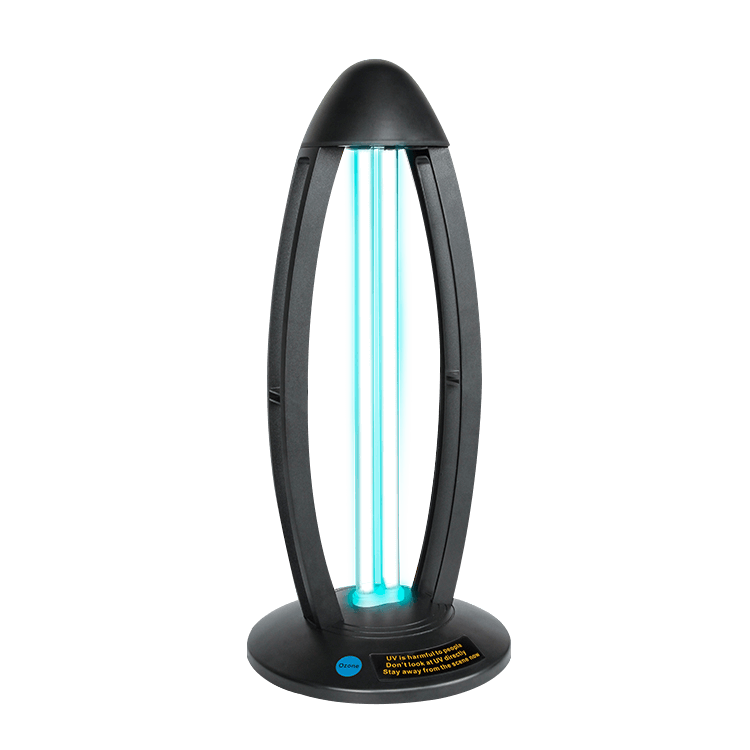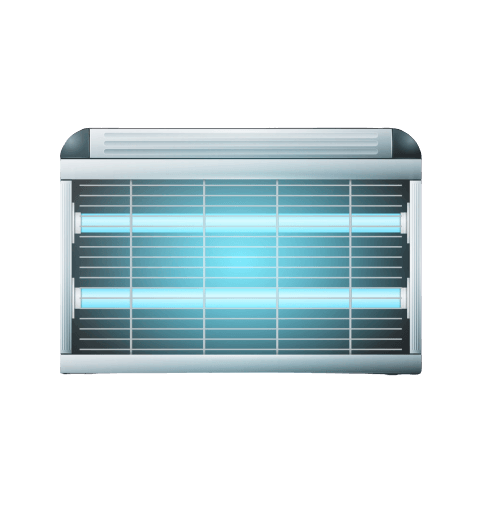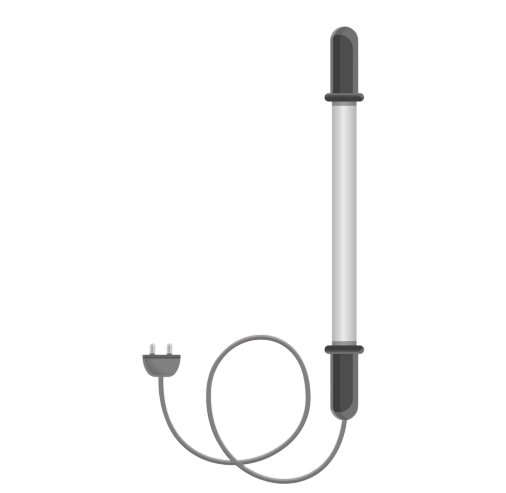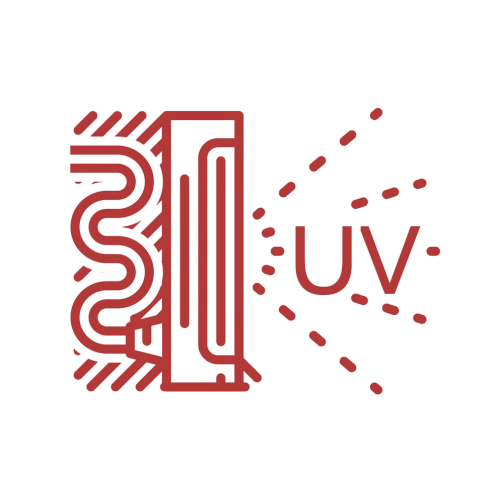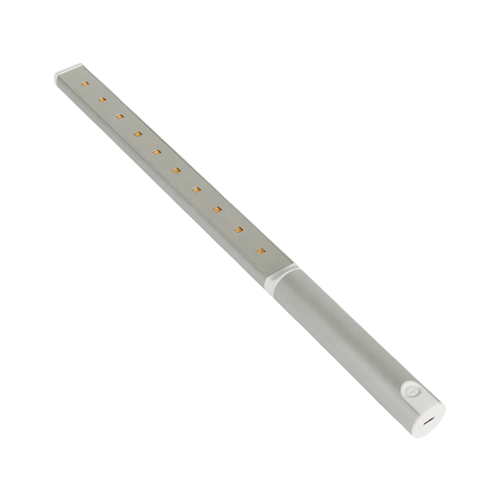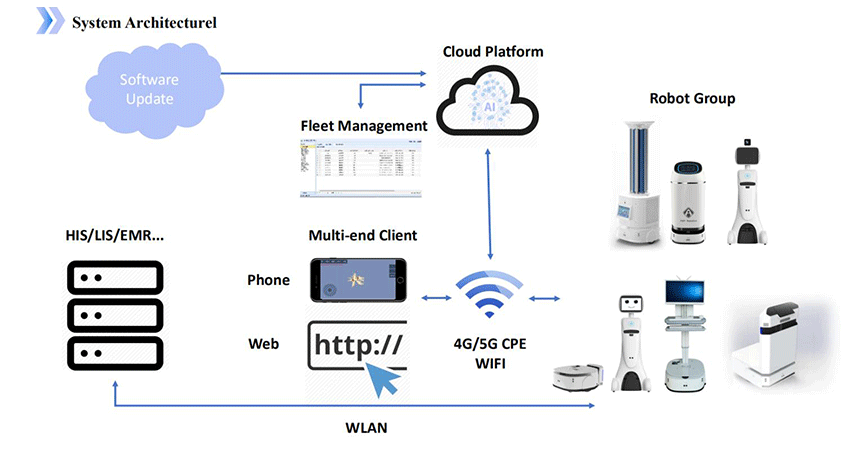What is UV Germicidal Lamp?
1.1. What is UV, UV-C and Far-UVC?
UV(Ultra-Violet) light is in the light spectrum of 100nm(nanometer) to 400nm, which is classified into four wavelength ranges:
• UV-V, from 100 nm to 200 nm
• UV-C, from 200 nm to 280 nm
• UV-B, from 280 nm to 315 nm
• UV-A, from 315 nm to 400 nm
Of the UV-C, the wavelength of 207-222 nm is called Far-UVC, in order to distinguish from the commonly used 254 nm UV-C germicidal wavelength.
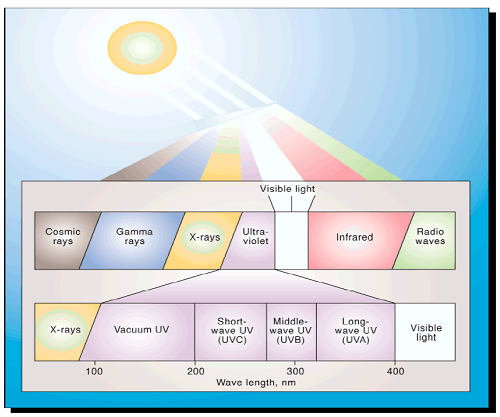
1.2. Germicidal, Disinfection and Sterilizer
Germicidal, Disinfection and Sterilizer are the three most common words used to describe these devices. They all have the meaning of eliminating germs, see below the definition from Merriam Webster.
• Germicidal: destroying germs
• Disinfection: to free from infection especially by destroying harmful microorganisms
• Sterilizer: to free from living microorganisms
1.3. What is Ultraviolet(UV) Germicidal Lamp?
A germicidal lamp is an electric lamp that produces Ultra-violet C (UVC) light. This short-wave ultraviolet light disrupts the base pairing of DNA, leading to the formation of pyrimidine dimers that inactivate bacteria, viruses, and protozoa.
There are three types that are common:
– low voltage lamps
– high pressure lamps
– LED lamps
By 2019, LEDs account for 41.4% of all UV lamps sales, up from 19.2% in 2014.
How does UV Germicidal Lamp Work?
The germicidal properties of sunlight were discovered in the 1880s, and the first commercial UV-C germicidal lamps were developed by the lamp division of Westinghouse in the 1930s. Ever since the ultraviolet (UV) light technology has been widely used particularly in hospital environments.
There are three different wavelengths of UV light: UV-A, UV-B and UV-C. The sun naturally produces these three types of UV light. When sunlight reaches Earth, UV-A and UV-B light pass through the atmosphere, but the highest frequency UV-C light is filtered out.
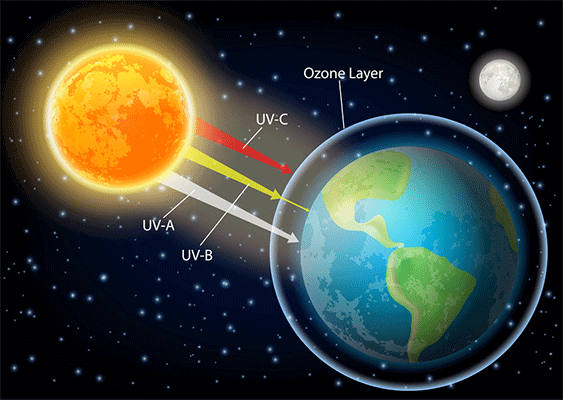
The UV-C light affects living organisms, such as bacteria and mold. It can destroy these pesky creatures at the cellular level, making them unable to reproduce. This is what UV lamps do for disinfection.
UV lamps purify or disinfect objects by artificially producing UV light. UV lamps come in different shapes and sizes, so it has a wide range of applications, such as checking artwork, detecting counterfeit currency, removing germs, etc.
Benefits of UV Germicidal Lamps

3.1. Defeat of microorganisms
Over the years, hundreds of bacteria, viruses, molds and spores, including various coronaviruses, have responded to UV-C disinfection.
3.2. Reliable disinfection
The disinfection effect is directly related to the UV dose (intensity and microbial exposure time).
3.3. Easy and cost-effective
UV disinfection is a physical process, not a chemical disinfectant, and nothing needs to be added in this method of disinfection, which makes the process simple, inexpensive and low maintenance.
Far-UVC and UVC
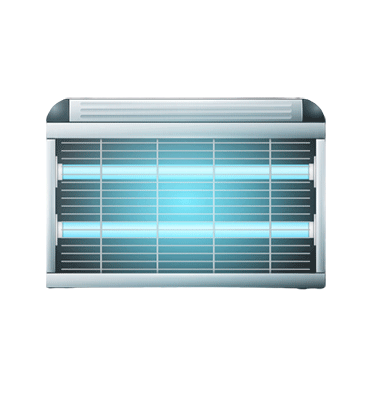
Because UV lamps are harmful to living organisms and can cause skin cancer and eye problems, they should only be used when no one is around.
FAR-UVC at 222 nm is being investigated as a potential alternative to conventional germicidal lamps at 254 nm.
In contrast, FAR-UVC light (207 to 222 nm) has been shown to be as effective as conventional ultraviolet germicidal lamps in killing microorganisms, but it is not harmful to human health.
The reason is that FAR-UVC light has a range in biological materials of only a few micrometers, and therefore cannot reach living cells in the skin or eyes.
But because viruses (and bacteria) are extremely small, far-ultraviolet light can still penetrate and kill them.
4.1. Is FAR-UVC really safe than UVC?
According to the Illumination Engineering Society, far-ultraviolet light bulbs still pose a threat to human skin and eyes.
Several studies have shown that far UV rays do not harm the skin or eyes of some mammals, while other studies have been inconsistent.
The biggest danger is that if a far-ultraviolet light source cannot block long wavelengths of light from passing through the bulb envelope, then it will still be dangerous.
Manufacturing quality may play a big role in the safety of this technology in the future, but small differences in wavelength can also have a big impact on human health.
The bottom line for safety is that until more research is done on healthy (and unhealthy) human skin and eyes, long-term far-UV exposure to the skin or eyes is unsafe unless the proper wavelength of light can be guaranteed over the entire active life of the far-UV source.
4.2. Is Far-UVC ready to use?
Far-UVC technology is currently at the forefront of medical lighting, is not commercially available and remains costly. Simple far-UVC equipment can cost thousands of dollars, and more advanced equipment can cost tens of thousands of dollars.
For the general public, businesses, and medical/government organizations, conventional UVC bulbs and lamps still make the most sense in terms of effectiveness and cost.
While the 222nm UVC technology is promising, the 254nm UVC has long been used by hospitals, industry and government for air, ground and water purification.
Far-UVC devices are evolving rapidly, more options may become available in the coming years as manufacturers design systems that utilize far-UVC light technology.
More Resources:
Main types of UV Germicidal Lamp
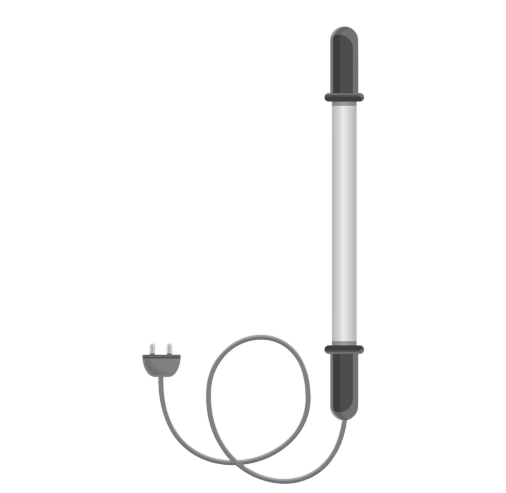
UVC lamps come in different shapes and sizes, so it has a wide range of applications from household objects, indoor surface, home, business, and medical to any public area. Here are just a few of the more typical types.
5.1 UVC Sanitizer Bag/Box/Case
The collapsible UVC box or case is able to sanitize phones, wallets, keys, jewelry, eyeglasses, or toys and other personal stuff. The UV lights will shut off once the cover is opened for safety.
It can be easily charged with power bank, wall charger or a computer, very convenient to carry and use wherever you are.
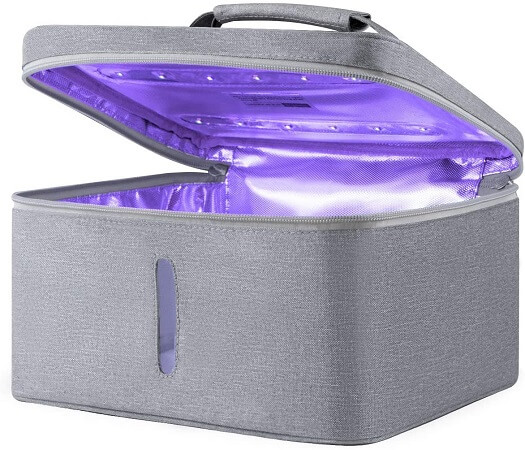
5.2 UVC Germicidal Lamp
Suitable for disinfection to many occasions small space like Home bedroom, kitchen, washing room, baby’s room, pet house, toilet, hotel, household, wardrobe, clinic.
Includes timer that can be set for 15, 30, or 60 minutes to allow exit from the room to avoid exposure to UV-C light.
With remote control, it is lightweight, portable, and easy to store.
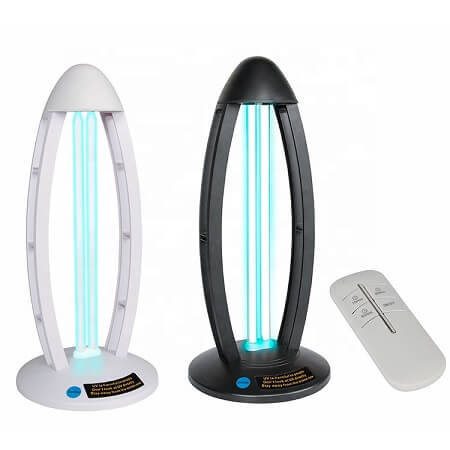
5.3 UVC Disinfection Tube Bulb
Comes with regular bulb fittings, the UVC tube bulbs can be installed with compact socket in home lighting.
It is made of transparent quartz glass with self-ballast. Long life span and powerful UV outlet.
The special lampshade design allows the lamp tube to be partially exposed, which has greater sterilizing power and is also convenient for wiping the lamp tube.
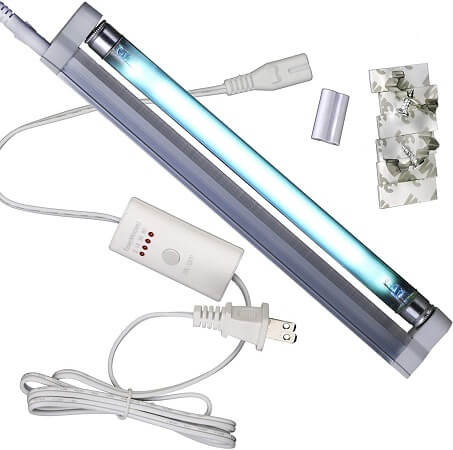
5.4 UVC Light Sanitizer Wand
Easily with a simple press and scan. Apply directly to the surface of sofa, bed, bathtub, towel, mat, carpet, keyboard, mice and more.
Lightweight and portable with battery inbuilt. It can easily be stored in a handbag, backpack or luggage. Clean whenever needed even while you are on the go.
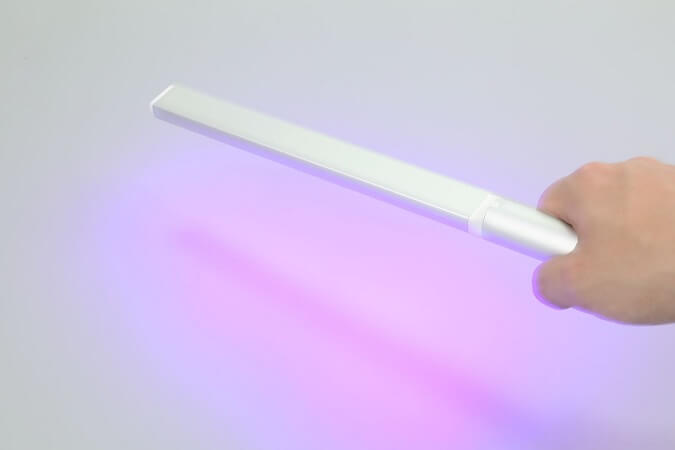
5.5 UVC Disinfection Robot
UV disinfection robots generally have two modes of operation, air circulation and UV disinfection.
It can be applied to a variety of complex scenarios. It can move autonomously for timed, fixed-point, multi-track mobile sterilization and large area sterilization.
How to Choose the Right UV Germicidal Lamps
6.1 Reports and Certificates
Earlier the UV germicidal lamps are mainly used for professional settings like medical and food-processing.
Now with the COVID-19 spreading, there are more and more consumers using related disinfection devices, and they can easily buy from the Internet like Amazon or E-bay.
The question is, are the new sellers and the consumers both knowledgable enough for those devices? How to use properly? Are they actually working?
Therefore, always make sure you are buying from a reliable supplier with qualified products, if possible, look for evidence of third party testing as well as certification.
6.2 Professional Manufacturers
If possible, try to avoid purchasing relevant disinfection equipment from vendors outside the industry.
Under the epidemic, many businesses have started selling epidemic-related products for profit, even though they were not originally in the industry, unlike the general PPE products, UV disinfection equipment is more called for professionalism and technicality.
In addition, UV disinfection equipment generally comes with a warranty period of one to two years, for many new sellers, they do a hammer deal, what they do is a hammer blow, and you can hardly be sure that they will still be around after two years, and also provide after-sales service for this disinfection equipment you purchased.
6.3 Operating Instructions
UV-C disinfection lamps pose the least risk when used by professionals. They must shield the eyes and skin from light damage and serious injury to the eyes and skin.
Make sure the devices have a diverse set of instructions. For instance, how long will it take to kill the germs or how close the lamp should be to the object you are decontaminating.
The instructions should also include safety tips so you know how to use the products properly to avoid any chance to exposure to the UV light.
UV Germicidal Lamp FAQ
7.1 Is UVC Light Waves Dangerous to Children and Pets?
YES, UV-C light is harmful to living organisms. It can destroy living cells, which is why it is both dangerous and useful.
7.2 Is UVC Light Waves Dangerous to Plants?
Yes, UV-C light damages the nucleic acids of microorganisms by forming covalent bonds between certain adjacent bases in DNA, preventing them from performing important cellular functions.
7.3 Can you shield your plants while the UVC light is on?
Yes, most acrylic plastics do not allow the passage of light at UV-C wavelengths (100-290 nm). Even very thin acrylic sheets under 5 mm will not allow UV-C light to penetrate.
7.4 How to clean up a broken UV lamp?
If lamps are broken, ventilate the area where the breakage occurred. Take the usual precautions for collecting broken glass. Place collected materials in a closed container. After handling broken lamps, thoroughly wash hands. Contact your waste generator assistant for assistance with the disposal of spent and broken lamps.
7.5 Does UV lamps produce ozone and is it harmly?
Normally, ozone may only be produced below the wavelength of 200nm, at 253.7nm (rounded to 254nm), the conventional UVC germicidal wavelength does not generate ozone.
The material and construction method of a UV lamp determines whether a given UV device produces both UV and UVV light, or only the safer UV wavelengths.
Yes, ozone is harmful to health, but it can be quickly removed by ventilation.
7.6 Does the UV lamp contain the mercury?
It depends, LED UV germicidal lamps do not contain mercury but a traditional UV bulb does, it is made of quartz instead of normal glass and features an inert gas along with mercury.
Amoluce UV Germicidal Lamp for You
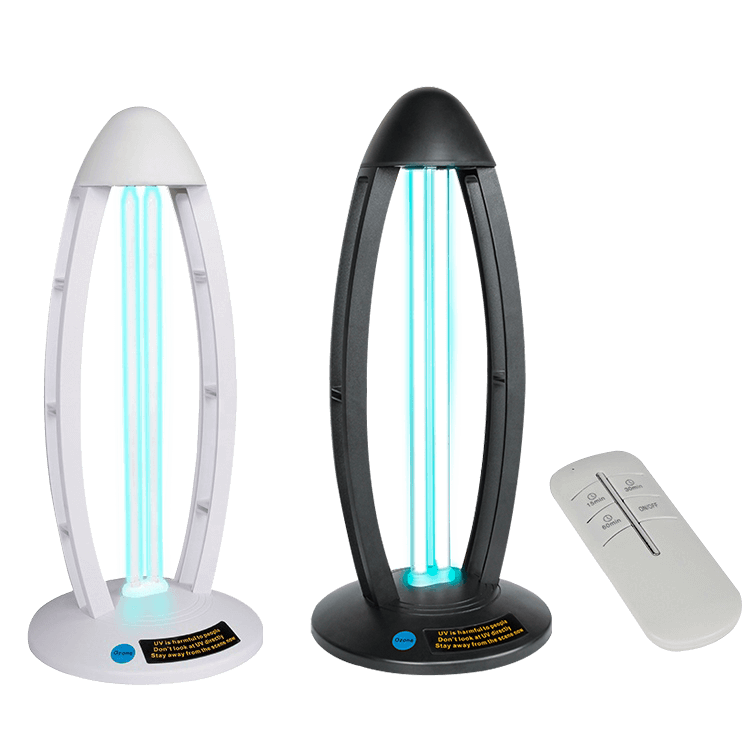
Amoluce offers a full range of UV disinfection devices and that are suitable for use in various applications from household objects, indoor surface, home, business, and medical to any public area, Amoluce has the right portable, mobile, permanent, or travel product for you.
At Amoluce technology Limited, we manufacture high-quality UV germicidal devices and sell to over 24 countries.
If you want to be a distributor of Amoluce UV Germicidal devices, just contact our support team below.
Also, we ship small order quantity worldwide to end customers, you can click here to go to our products page.
Conclusion
Although studies have shown that FAR-UVC will be much safer than UV-C, it is still cutting-edge and has not been fully validated, so it is not ready for mass production and widespread use.
So for now, the UV-C lamp is still the best choice, as it has been widely used for decades, is cost-effective, and is safe and beneficial as long as it is used correctly.
You can have a very wide range of options, including different sizes, power and features.
But always keep it in mind, safety is an integral aspect for any individual who owns a UV Germicidal Lamp or device.

